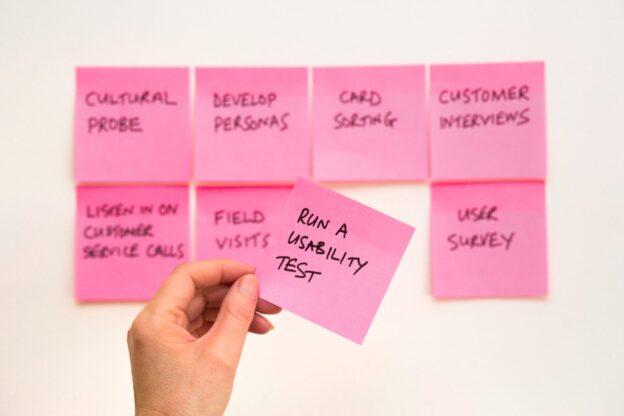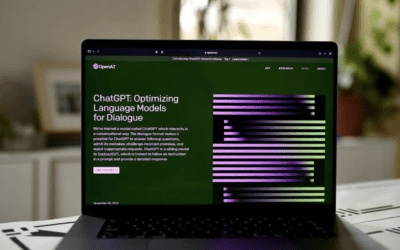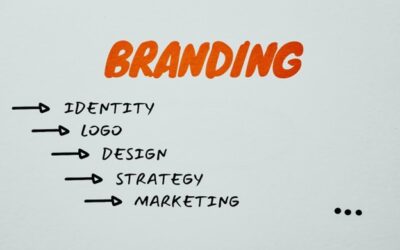Lean-Agile is a set of working ideas and practices that tries to reduce waste while increasing value. This allows businesses to prioritise quality in their products and services.
We’ll look at the fundamental principles of Lean-Agile and strategies that increase effectiveness while reducing waste in this post. We’ll also look at why your organisation has to be trained in Lean-Agile before you and your team start using it, even if not all units will be utilising it daily.
What is Lean-Agile?

Principles
Lean-Agile principles put adaptation over prediction and have seven core ideas: eliminating waste, amplifying learning, empowering the team, and more. Borrows from Lean software.
Project Management Practices
Sprints, retrospectives, points, user stories, and so on. Often other businesses who see themselves as Agile are already focused on these practices and are using them.
Technical Practices
Frequent/continuous integration, TDD, BDD, and so on. These processes are highly centred on achieving quality in software and are focused on ensuring effective software development.
The term “Lean-Agile” refers to a combination of Lean concepts and Agile methods.
What are Lean principles?
In their book Lean Software Development: An Agile Toolkit, Mary and Tom Poppendieck effectively describe the principles of Lean. Here’s a quick rundown:
- Eliminate Waste.What exactly is waste? It’s everything that doesn’t “bring value to a product, as seen by the customer.” Waste is anything that is created or stored but isn’t utilised. Parts that are collecting dust on a shelf. “[When] developers code more features than are immediately needed,” for example. How much time is wasted transferring development from one group to another? According to Mary and Tom Poppendieck, this is also a waste.
- Amplify Learning.Taking on a software solution, according to the Poppendiecks, is akin to trying to come up with a fresh recipe for a top restaurant dish. A chef will iterate and gain knowledge from the results. Software development is more complex, and teams can be large, but amplified learning allows for this discovery process.
- Decide as late as possible.There can be a lot of unknowns with something like embedded software development. Which processor will best suit the product and the needs of the users? Should we write code in x, y, or z? Is this screen superior to that one? Is it conceivable that functionality will change as a result of user or market feedback? Speculating is a waste of time. Instead, wait until you have all of the data before making a decision.
- Deliver as fast as possible.“Design, implement, evaluate, and improve,” and so on. Rapid development is a good concept; it allows you to make informed judgments based on real-time feedback. Shortening the cycle increases learning and ensures that clients get what they need now, not what they required yesterday.
- Empower the team.The people who are doing the task are the ones who know the most about the intricacies. Do you want to achieve “excellence”? Make sure your technical team is involved in technical decisions in the specifics. Allow these teams to arrange and complete work using pull approaches and local signalling mechanisms (such as Kanban) while keeping everyone informed about what’s coming up. “They will make better technical decisions and better process decisions than anyone can make for them,” says the boss.
- Build integrity in. The emphasis is on quality control here. This is more than just satisfied customers. Perceived integrity is what it’s called. And it goes beyond conceptual integrity, in which all of the pieces fit together flawlessly. Building integrity in software means that it can evolve smoothly over time because it has a coherent architecture, scores high on usability and fitness for purpose, and is maintainable, adaptable, and extensible. Building integrity in a team means having wise leadership, relevant expertise, effective communication, and healthy discipline.
- See the whole.Don’t concentrate on just one aspect of a project. Take a step back and assess the entire situation. Quite often, the common good suffers when people are preoccupied with their own [specialised] interests. Instead of evaluating people’s [specialised] contributions, consider the project’s overall performance.

Where does Agile fit into the picture?
When you compare the aforementioned Lean principles to the Agile Manifesto principles, you can see where they intersect. Both emphasise learning and a people-first approach while enabling waste-free, sustainable solutions. Agile’s emphasis on continual improvement complements Lean’s approach.
Prediction is a waste of time.
Traditional project management methods like Waterfall attempt to foresee all aspects of a solution from the start. This type of solution is unlikely to adjust significantly in the face of new facts, and it is also unlikely to adapt to new learning.
Predicting wastes time and stops you from making an informed decision once you have all the data. It also slows down delivery.
When traditional project procedures are utilised in software development, software functionalities may go underused. Trying to guess what features the user wants is a common source of waste.
Without training and awareness, Lean-Agile is nothing.
We also make sure that our clients understand where we’re coming from. When a sales conversation begins, we coach them using Lean-Agile principles.
But how can you empower people without becoming tyrannical?
Coaching is the best way to gain adoption of Lean-Agile. Rather than dictating the ideas, training should allow your employees to discover them and how they may apply them to themselves and others. You then continue the instruction, assisting them in making it a habit rather than a thought.
Be lean and agile to be effective.
We hope that you’ve become interested enough in Lean-Agile to consider how you may apply it to your company by this time.











